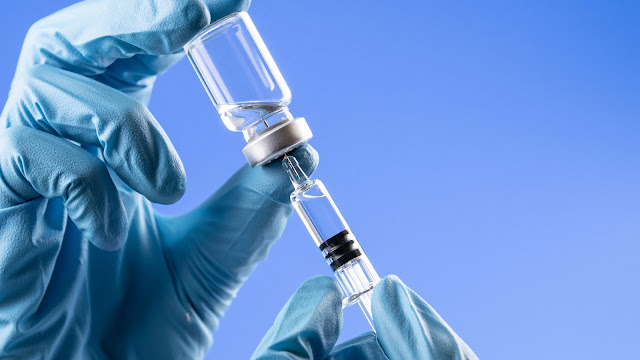The Manufacturing Process of Sterile Water From Raw Material to Final Product
An essential component in various industries is highly purified water free from microorganisms and contaminants. Its manufacturing process involves stringent procedures to ensure its sterility and suitability for medical, laboratory, and other specialized applications. This blog delves into the manufacturing process of sterile water, highlighting the critical steps involved in transforming raw water into the final product.
- Sourcing of Raw Water: The manufacturing process of Sterile Water begins with selecting a reliable source of raw water. The water should meet stringent quality standards and be free from impurities like bacteria, viruses, and chemicals. Common sources include underground aquifers, municipal water supplies, or purified water obtained through reverse osmosis or distillation.
- Pretreatment: To eliminate impurities and ensure the water meets the desired purity standards, pretreatment steps are employed. Pretreatment may involve processes like sedimentation, coagulation, flocculation, and filtration. Sedimentation helps remove larger particles, while coagulation and flocculation aid in the precipitation and removal of suspended solids. Filtration, using media such as sand or activated carbon, further removes finer particles, organic matter, and residual chlorine.
- Reverse Osmosis (RO): Reverse osmosis is a vital step in the manufacturing process of sterile water. It involves passing the pretreated water through a semipermeable membrane under high pressure. This process effectively removes dissolved salts, minerals, heavy metals, and other contaminants that may remain in the water, resulting in a high-quality, purified product.
- Deionization: Following reverse osmosis, the water may undergo deionization to remove any remaining ionic impurities. Deionization is typically achieved through ion exchange processes, where resin beds selectively attract and remove ions, such as calcium, magnesium, sodium, and chloride. This step helps achieve the desired level of purity for sterile water.
- Sterilization: Sterilization is crucial in ensuring the water is free from viable microorganisms. Various methods include heat, ultraviolet (UV) irradiation, and chemical disinfection. Heat sterilization, typically achieved through autoclaving, effectively kills bacteria, viruses, and spores. UV irradiation exposes the water to ultraviolet light, damaging the genetic material of microorganisms and rendering them inactive. To eliminate any remaining contaminants, chemical disinfection involves using approved disinfectants, such as chlorine or hydrogen peroxide.
- Packaging and Storage: Once the water has been sterilized, it is transferred to sterile containers or packaging, such as glass bottles, plastic bags, or sterile vials. These containers are sealed to maintain the water's sterility and prevent contamination from external sources. The packaged 10 ml Sterile Water for Injection is then stored in controlled environments to preserve quality until it reaches the end users.



Comments
Post a Comment